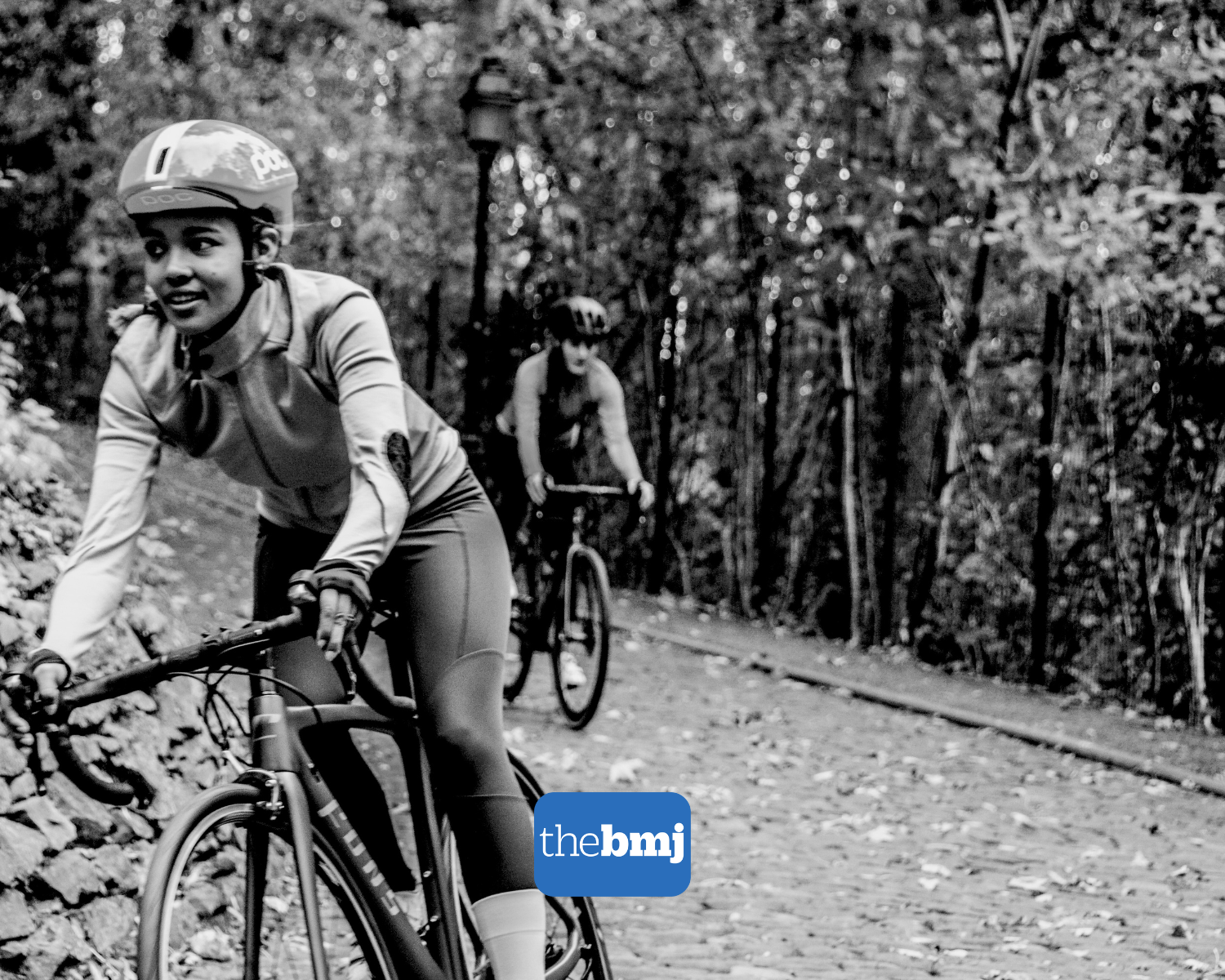Can we speed up the measurement of fat in muscles?
Published October 2021 in Magnetic Resonance Imaging
Our previous studies have shown the potential of muscle fat measurement in understanding joint and muscle health. But measuring each person is a slow job. In this study we tested an automated method to give muscle fat readings within 20 minutes rather than one or two days. This finally makes it viable to run clinical trials on large numbers of people, enabling new insights that could help prevent musculoskeletal diseases.
The proportion of fat in muscles is a good indicator of their health. Fat levels can be quantified using MRI scanning. Healthy hip abductor muscles are a good indicator of a healthy hip and an active lifestyle as they have a fundamental role in walking. But the automated measurement of the abductors' fat levels requires the challenging task of segmenting them. We aimed to design, develop and evaluate a method for automated measurement of fat fraction in the main hip abductor muscles: gluteus maximus (GMAX), gluteus medius (GMED), gluteus minimus (GMIN) and tensor fasciae latae (TFL).
In short…
The study
We aimed to design, develop and evaluate an automated method for measuring fat levels in the main hip abductor muscles.
We collected and manually segmented MRI images of 10 healthy individuals and 7 patients with hip problems.
12 were selected to build an library on which to implement the automated method.
We compared the fat in the hip abductor muscles for the automated and manual segmentations to check the accuracy of the automated method.
What we found
The automated measurement of fat in the hip abductor muscles had good agreement with manually assessed images. The method was accurate for both the healthy group and patient group.
What it means
Our fast, automated assessment approach has been proved to work just as well as the much longer, manual method.
This solution is a potential new tool to enable clinicians, physiotherapists and sports scientists to measure and monitor the results of their various surgical and exercise interventions, aimed at rehabilitating patients with musculoskeletal disease.





